
Bioengineering, a field of immense potential and unprecedented challenges, is a testament to the awe-inspiring power of science and technology. The ability to manipulate biological systems to achieve desired outcomes, from medical breakthroughs to agricultural innovation and environmental remediation, is a marvel of human ingenuity. However, this power comes with a responsibility to navigate bioengineering’s complexities and potential pitfalls with a keen awareness of the ethical considerations accompanying such advancements.
Unveiling the Promise
Bioengineering is poised to transform healthcare by enabling precise interventions at the molecular level. For instance, consider a future where medicine is tailored to your unique genetic makeup, allowing for more effective treatments with fewer side effects. Or imagine a scenario where damaged tissues can be regenerated, potentially eliminating the need for organ transplants. These are not just dreams but the potential realities that bioengineering can bring. Breakthroughs in gene editing technologies like CRISPR-Cas9 are opening up unprecedented opportunities to treat genetic diseases and enhance human health.
In agriculture, bioengineering offers a glimmer of hope in the face of food security challenges. It has the potential to develop crops with enhanced nutritional value, resilience to environmental stresses, and reduced reliance on pesticides. However, it’s important to tread carefully. Genetic modification techniques, while promising, also carry the risk of unintended consequences. We must ensure that our pursuit of sustainable agriculture in a changing climate does not inadvertently harm our environment.
Furthermore, bioengineering plays a crucial role in environmental conservation and remediation efforts. Bioengineering offers innovative solutions to mitigate the impact of human activities on the planet, from bioremediation techniques that harness the power of microorganisms to clean up polluted sites to the development of biofuels as alternatives to fossil fuels.

Navigating the Peril
Despite its promise, bioengineering has its challenges and ethical dilemmas. One of the most pressing concerns is the potential for unintended consequences. For example, manipulating biological systems can lead to unforeseen outcomes, such as the spread of genetically modified organisms (GMOs) in ecosystems, which could disrupt natural biodiversity, or the emergence of resistant strains due to selective pressures, which could render certain treatments ineffective. There are also concerns about the potential for bioengineered organisms to escape and interact with wild populations, leading to unpredictable ecological effects. Additionally, bioengineering in agriculture raises questions about the long-term impact on soil health and biodiversity and the potential for increased pesticide use due to the development of resistant pests.
Ethical considerations in bioengineering are not just important; they are paramount. The weight of these considerations, from consent and equity to ecological integrity, cannot be overstated. The questions they raise, such as the ownership of genetic information, the distribution of benefits and risks, and the potential for bioterrorism, demand our utmost attention and a commitment to robust regulatory frameworks. Our collective responsibility is to ensure that bioengineering is used for the greater good while minimizing harm.
Moreover, the rapid pace of technological advancement in bioengineering raises concerns about societal readiness and the implications of deploying nascent technologies without adequate scrutiny. Balancing the imperative for innovation with the need for preventive measures is a delicate task that requires collaboration among scientists, policymakers, and the public.
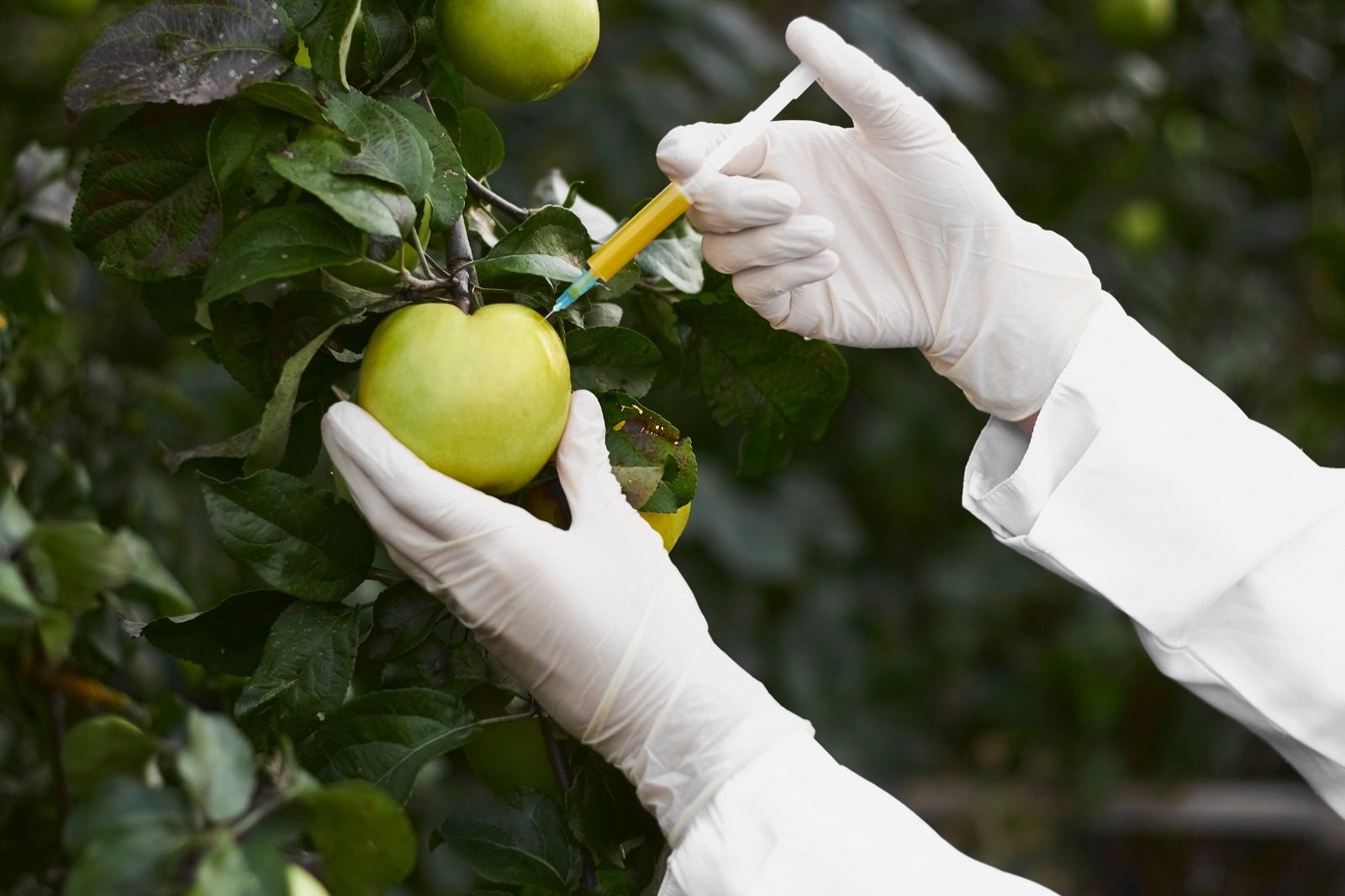
Charting a Course Forward
As we navigate the complex terrain of bioengineering, it’s imperative to adopt a balanced approach that acknowledges the field’s promise and peril. Embracing transparency, accountability, and ethical stewardship ensures that bioengineering serves the greater good while minimizing harm.
Interdisciplinary collaboration is not just a key but the key to addressing the multifaceted challenges posed by bioengineering. It’s a call to action, a rallying cry for unity and shared responsibility. We can develop nuanced solutions that uphold ethical principles, safeguard biodiversity, and promote social justice by fostering dialogue among scientists, ethicists, policymakers, and community stakeholders. Your voice, your perspective, is very important in this endeavor. We value your input and believe that together, we can responsibly shape the future of bioengineering.
Furthermore, education and public engagement are vital to fostering informed decision-making and promoting responsible stewardship of bioengineering technologies. Empowering individuals with knowledge about the potential risks and benefits of bioengineering enables them to participate meaningfully in discussions shaping the future of this field. The public must understand the science behind bioengineering, its potential applications, and the ethical considerations involved. This understanding can help individuals make informed decisions and contribute to developing responsible bioengineering policies.
Bioengineering holds immense promise as a catalyst for scientific innovation and societal advancement. We can harness its transformative potential to build a more sustainable and equitable world for future generations by approaching its complexities with humility, foresight, and a commitment to ethical principles.
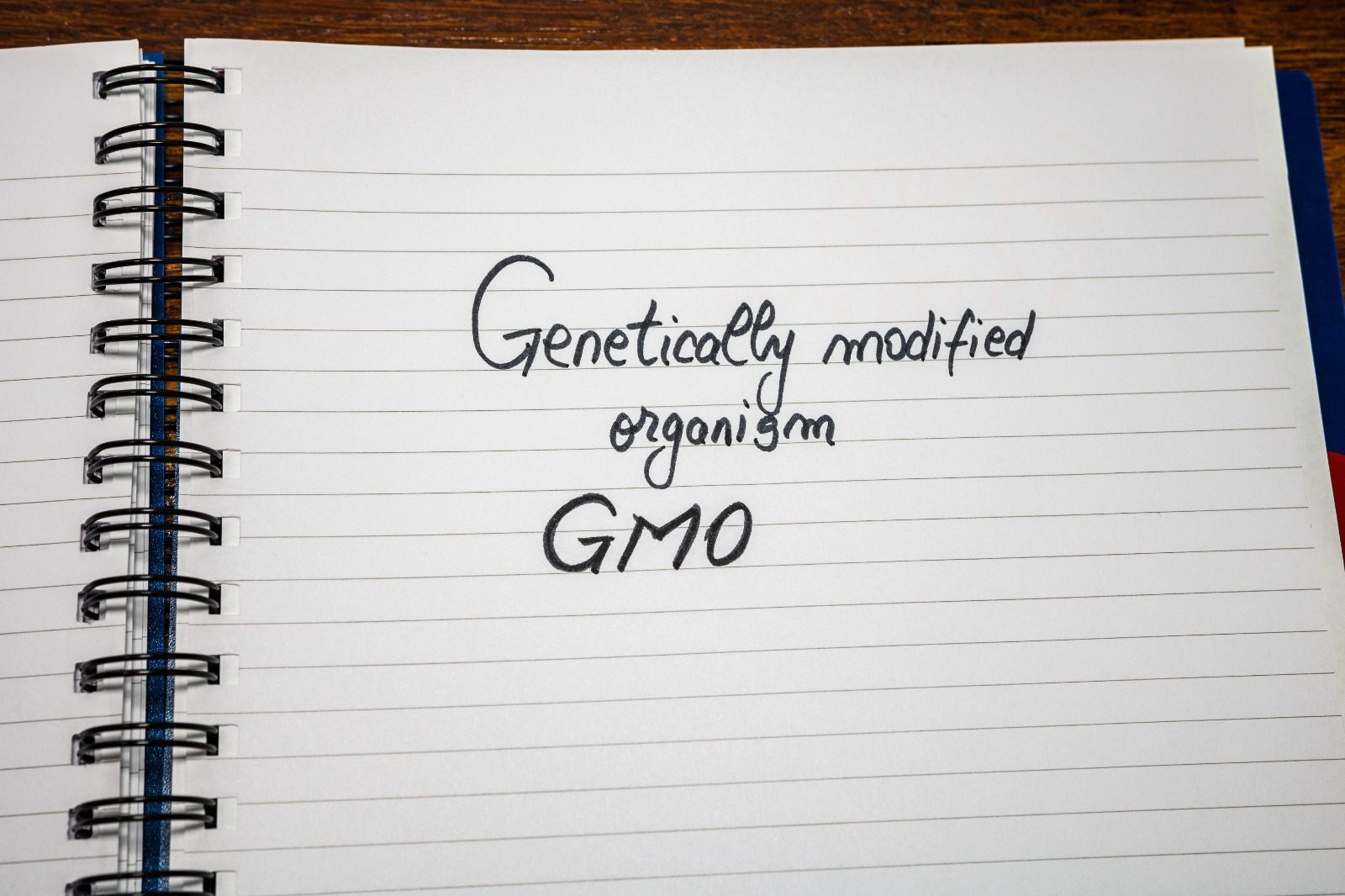
Understanding the Caveats of Bioengineering
Bioengineering, manipulating biological systems for various purposes, offers promising advancements in medicine, agriculture, and environmental sustainability. However, it’s crucial to acknowledge its potential drawbacks and areas of concern. Here are some negative points and precautions to consider:
1. Ethical Dilemmas: Bioengineering raises complex ethical questions, especially concerning the genetic modification of organisms and potential consequences for ecosystems and human health. It’s vital to navigate these dilemmas with careful consideration of societal values and moral principles.
2. Unforeseen Consequences: Altering biological systems can have unintended consequences. For instance, introducing genetically modified organisms (GMOs) into ecosystems may disrupt natural balance or lead to unintended environmental consequences. Rigorous risk assessment and monitoring are essential to mitigate such risks.
3. Safety Risks: Bioengineered products, such as genetically modified crops or gene-edited organisms, may pose safety risks if not thoroughly tested. Allowing such products into the market without comprehensive safety assessments can harm human health and the environment.
4. Dependency on Technology: Overreliance on bioengineering solutions may lead to dependency on technology to solve complex problems, potentially neglecting more sustainable or holistic approaches. It’s essential to consider bioengineering as one tool among many and explore integrated solutions.
5. Social Inequities: Access to bioengineering technologies and their benefits may need more equitable across societies. Bioengineering advancements could exacerbate existing inequalities, widening the gap between those who can afford and access such technologies and those who cannot.
6. Regulatory Challenges: Developing robust regulatory frameworks for bioengineering presents significant challenges. Striking a balance between promoting innovation and ensuring safety and ethical considerations requires careful deliberation and international cooperation. Comprehensive regulations are essential to ensure bioengineering technologies’ safety and ethical use. These regulations should address concerns such as the potential for unintended environmental effects, the equitable distribution of benefits, and the long-term impacts of bioengineering interventions.
7. Long-Term Impacts: Some bioengineering interventions may have long-term, irreversible impacts on ecosystems or human health. Predicting and mitigating these impacts require comprehensive research, monitoring, and adaptive management strategies.
In embracing bioengineering, it’s crucial to approach it critically, acknowledging its potential benefits and inherent risks and uncertainties. By fostering transparency, accountability, and interdisciplinary collaboration, we can harness the potential of bioengineering responsibly for the betterment of society and the environment.
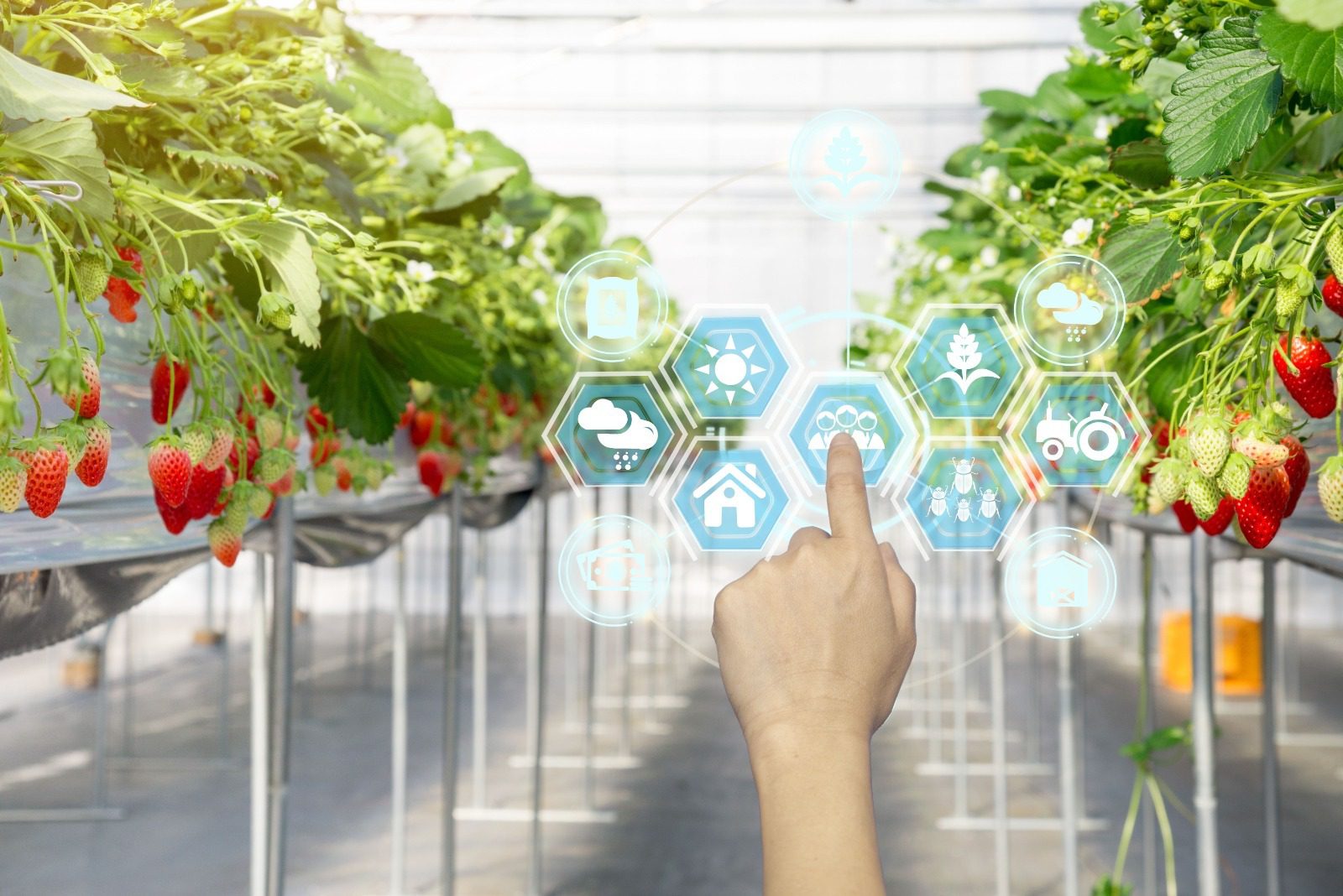
Determining whether something has been "bioengineered" or "bioengineered" (assuming it's a neologism for "bioengineered") can vary depending on the context and what specifically has been altered. Here are some general indicators to consider:
1. Labeling: In many jurisdictions, products that have been bioengineered, such as genetically modified organisms (GMOs) or gene-edited organisms, must be labeled as such. Checking product labels for phrases like “genetically modified” or “bioengineered” can provide insight into whether a product has undergone bioengineering.
2. Regulatory Approval: Bioengineered products typically undergo rigorous regulatory scrutiny before they are allowed on the market. Checking whether a product has received regulatory approval for bioengineering can ensure its status.
3. Documentation: Companies or research institutions involved in bioengineering often provide documentation or research papers detailing the processes and techniques used to modify organisms. Reviewing such documentation can help determine if a particular organism or product has been bioengineered.
4. Consulting Experts: If you need clarification on whether something has been bioengineered, consulting experts in bioengineering, genetics, or biotechnology can provide valuable insights. Geneticists, biotechnologists, or scientists specializing in genetic modification can offer guidance based on their expertise.
5. Observing Characteristics: In some cases, bioengineered organisms may exhibit specific characteristics or traits that are not naturally occurring. For example, genetically modified crops may have enhanced resistance to pests or herbicides, altered nutritional profiles, or other characteristics that indicate bioengineering.
6. Transparency from Manufacturers: Some companies voluntarily disclose whether their products have been bioengineered as part of their commitment to transparency and consumer awareness. Checking the manufacturer’s website or contacting them directly can provide information on a product’s bioengineering status.
7. Publicly Available Information: News articles, scientific journals, and reputable websites often report on advancements in bioengineering and the introduction of bioengineered products into the market. Keeping abreast of such information can help identify bioengineered products or organisms.
Remember that bioengineering encompasses a broad range of techniques and applications, so the indicators of bioengineering may vary depending on the specific context. When in doubt, seeking reliable information from authoritative sources and experts in the field is the best approach to determining whether something has been bioengineered.
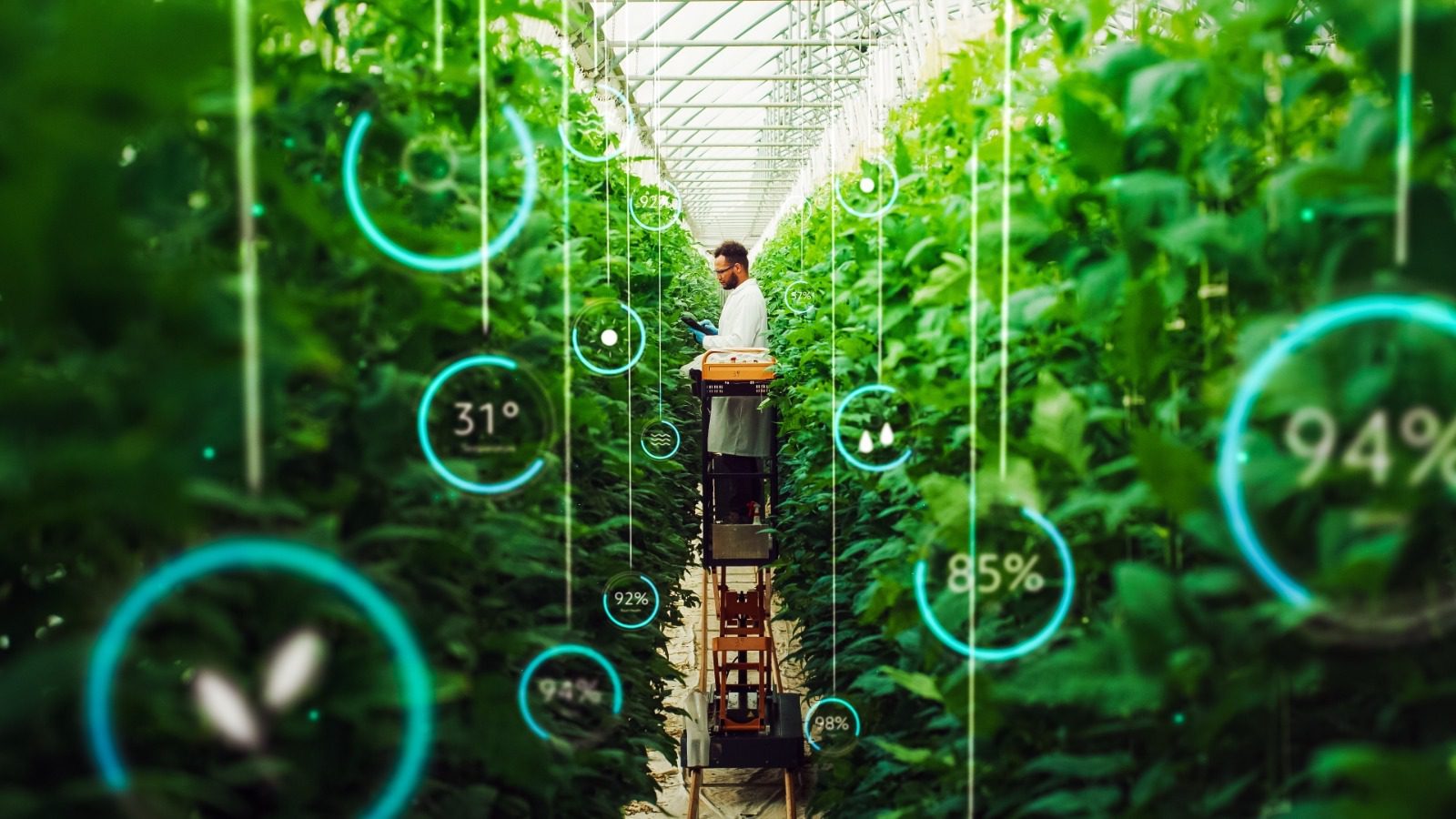
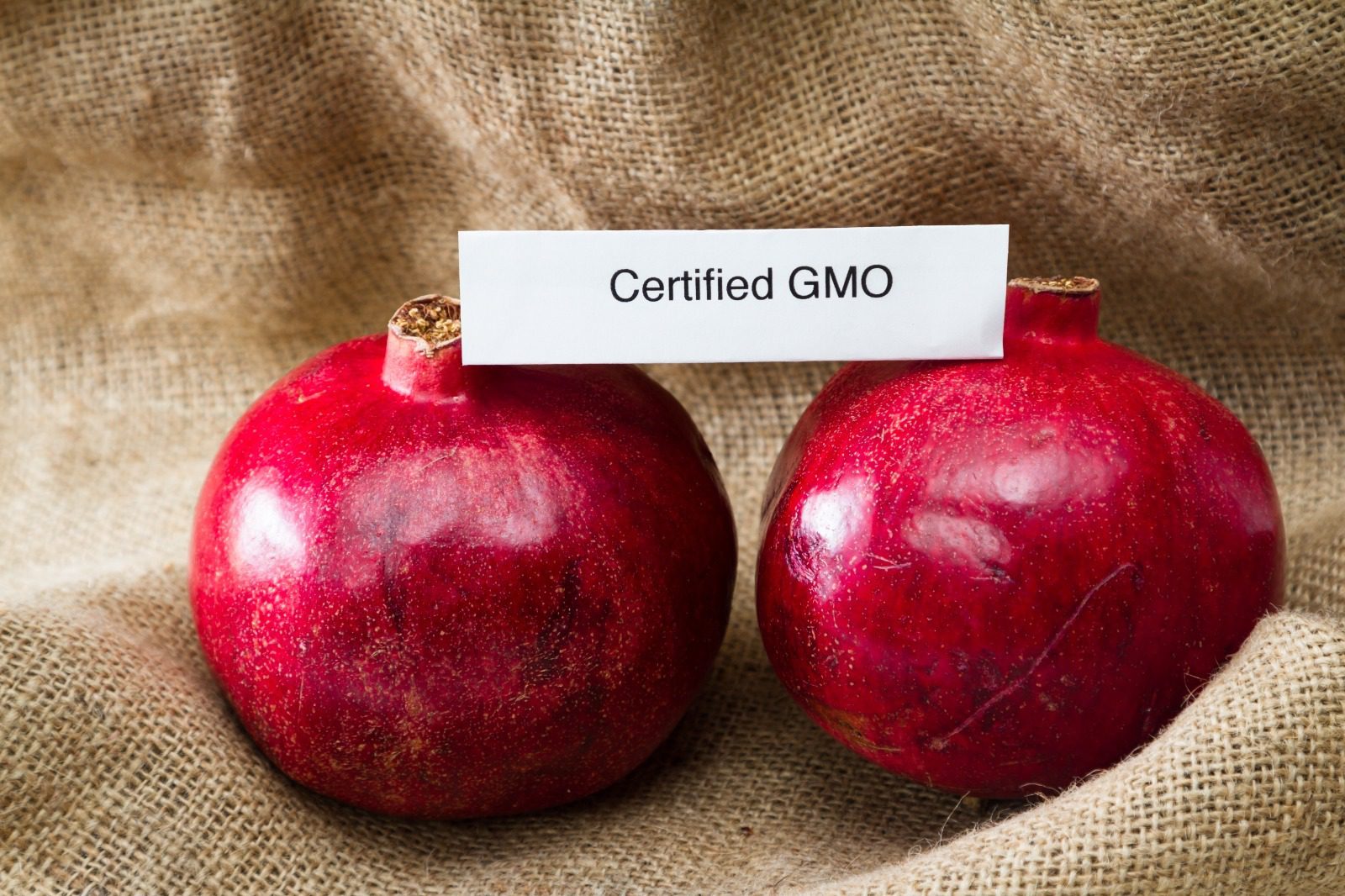
The effects of bioengineering on farmers can be multifaceted, influencing various aspects of agricultural practices, economic dynamics, and social considerations. Here are several ways in which bioengineering can impact farmers:
1. Increased Crop Yields: One of the primary aims of bioengineering in agriculture is to develop crops with improved traits, such as resistance to pests, diseases, or environmental stresses. By cultivating genetically modified (GM) crops, farmers may experience increased yields due to reduced losses from pests and diseases, ultimately leading to higher productivity and potentially greater profits.
2. Reduced Input Costs: Some bioengineered crops are designed to be more resilient or require fewer inputs, such as pesticides or fertilizers. Farmers who adopt these genetically modified organisms (GMOs) may benefit from lower input costs, as they spend less on chemical treatments and other agricultural inputs.
3. Enhanced Sustainability: Bioengineering can contribute to sustainable agricultural practices by reducing the environmental impact of farming. For example, GM crops engineered for herbicide tolerance allow farmers to use less tillage, which helps conserve soil and reduce erosion. Also, cultivating drought-tolerant or nitrogen-efficient crops can help conserve water and minimize fertilizer runoff, promoting environmental sustainability.
4. Market Access and Trade Considerations: Adopting bioengineered crops may affect market access and international trade. Some countries have strict regulations or labeling requirements for GMOs, affecting export opportunities for farmers growing bioengineered crops. Farmers may need to navigate complex regulatory landscapes and comply with trade agreements to access global markets.
5. Risk Management: Bioengineered crops offer potential benefits but pose certain risks and uncertainties. For instance, developing resistance in pest populations to genetically modified traits can undermine the effectiveness of bioengineered solutions over time. Farmers must implement integrated pest management strategies and diversify their cropping systems to mitigate such risks effectively.
6. Market Dynamics and Perception: Consumer attitudes toward bioengineered products can influence market demand and pricing dynamics. Farmers growing bioengineered crops may need to consider consumer preferences and market trends when making planting decisions and marketing their produce. Addressing consumer concerns about food safety, environmental sustainability, and ethical considerations associated with GMOs is essential for maintaining market acceptance.
7. Intellectual Property and Seed Ownership: The commercialization of bioengineered crops often involves proprietary technology and intellectual property rights held by biotechnology companies. Farmers may face challenges related to seed access, licensing agreements, and intellectual property disputes when adopting bioengineered varieties. Balancing the interests of farmers, seed companies, and consumers in the context of intellectual property rights is a complex issue that requires careful consideration.
Bioengineering can significantly affect farmers, influencing their productivity, input costs, sustainability practices, market access, and risk management strategies. While bioengineered crops offer potential benefits in terms of increased yields, reduced environmental impact, and enhanced resilience, farmers must also navigate challenges related to regulatory compliance, market dynamics, and societal perceptions of GMOs. Effective communication, collaboration, and informed decision-making are essential for maximizing the benefits of bioengineering while addressing the concerns and challenges faced by farmers in agricultural systems.
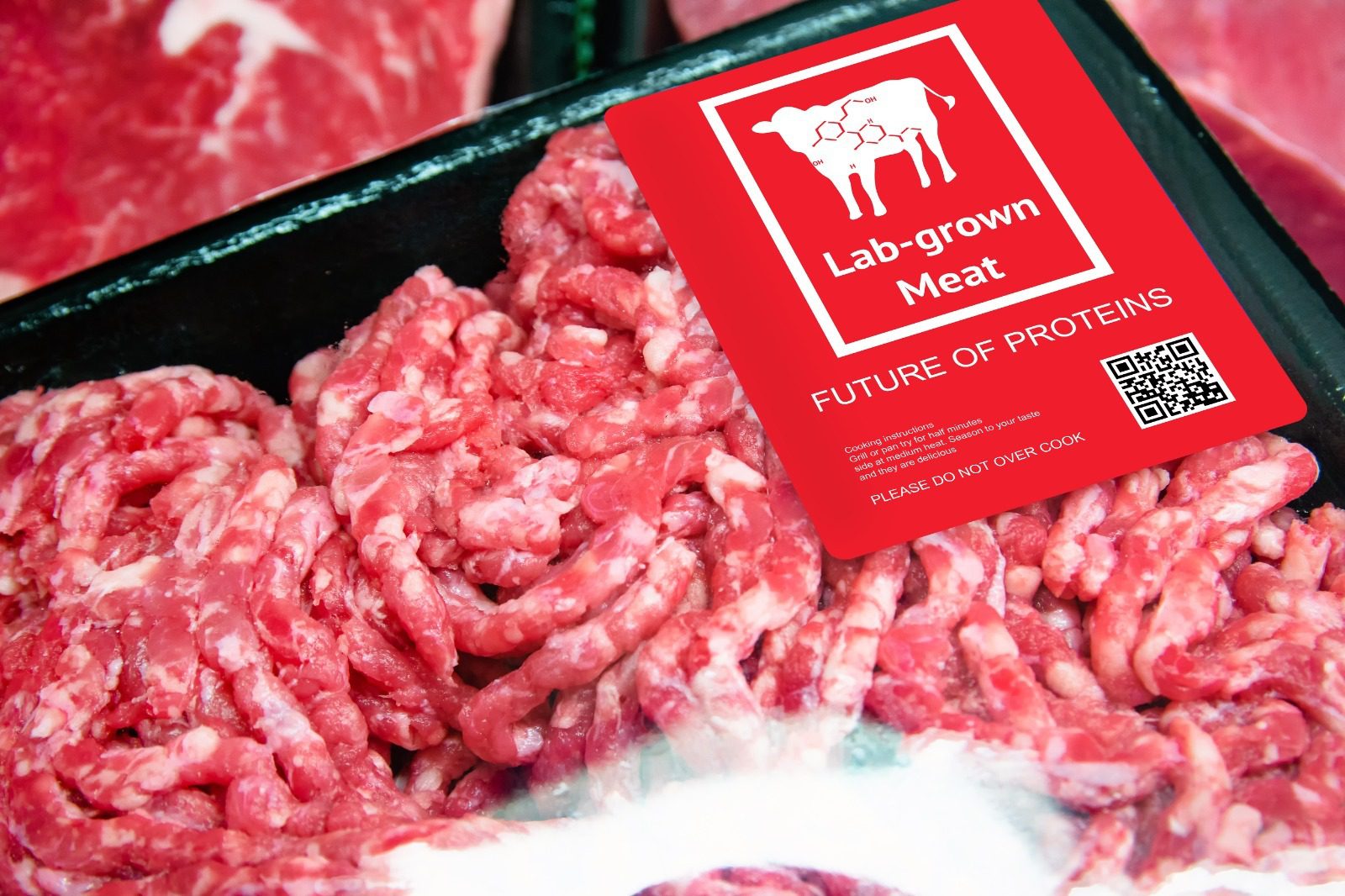
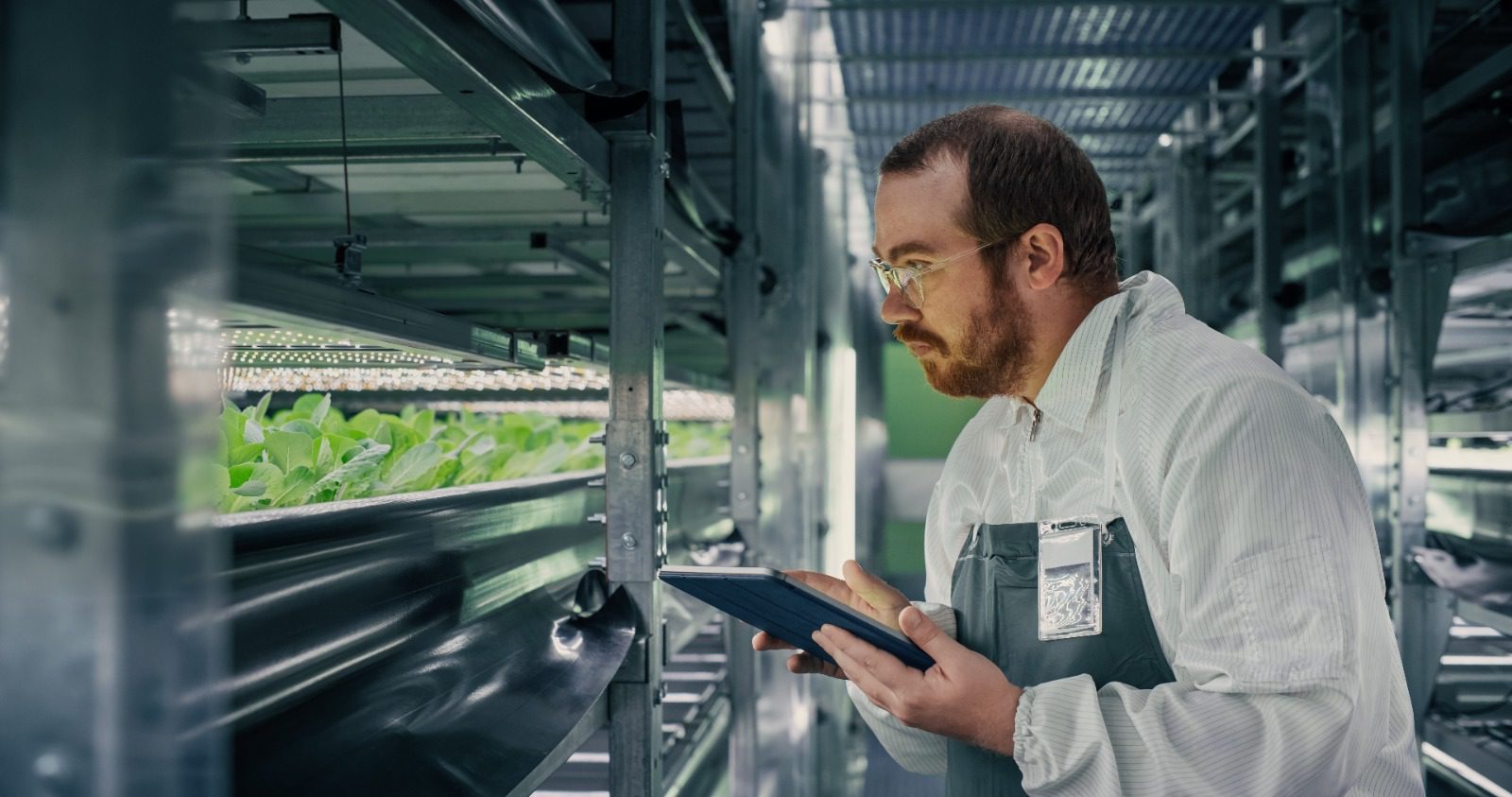
In conclusion, the impact of bioengineering on farmers is a complex interplay of opportunities and challenges. While bioengineered crops hold the potential to enhance agricultural productivity, reduce input costs, and promote environmental sustainability, farmers must navigate various considerations to maximize the benefits and minimize the risks associated with adopting these technologies.
Adopting bioengineered crops can lead to increased yields, improved pest and disease management, and enhanced resilience to environmental stresses. These benefits can contribute to farmers’ greater profitability and food security, particularly in regions prone to agricultural challenges such as pests, diseases, and climate variability.
However, farmers also face challenges related to market access, regulatory compliance, intellectual property rights, and consumer perceptions of GMOs. Navigating these complexities requires careful planning, informed decision-making, and proactive engagement with stakeholders across the agricultural value chain.
To harness the potential of bioengineering for the benefit of farmers, it’s essential to foster supportive policies, invest in research and development, promote transparency and collaboration, and ensure access to information and resources for farmers of all scales and backgrounds.
Ultimately, we can leverage bioengineering’s transformative potential to build a more sustainable, resilient, and equitable agricultural future by adopting a balanced approach that considers the diverse needs and perspectives of farmers, consumers, policymakers, and other stakeholders.

The Complexities of Tipping in the U.S.: A System in Need of Change
Tipping in the United States is so deeply ingrained in our culture that it feels almost automatic.

Exploring the Rich History and Origin of Turkish Coffee
Coffee is special in cultures worldwide, with unique rituals and traditions.

The Timeless Elegance of Friendship:Why Every Woman Needs a BFF.
In the grand tapestry of life, there exists a delicate and precious thread that weaves joy into the mundane and transforms ordinary moments into extraordinary memories.
instagram:
Error: No feed found.
Please go to the Instagram Feed settings page to create a feed.


